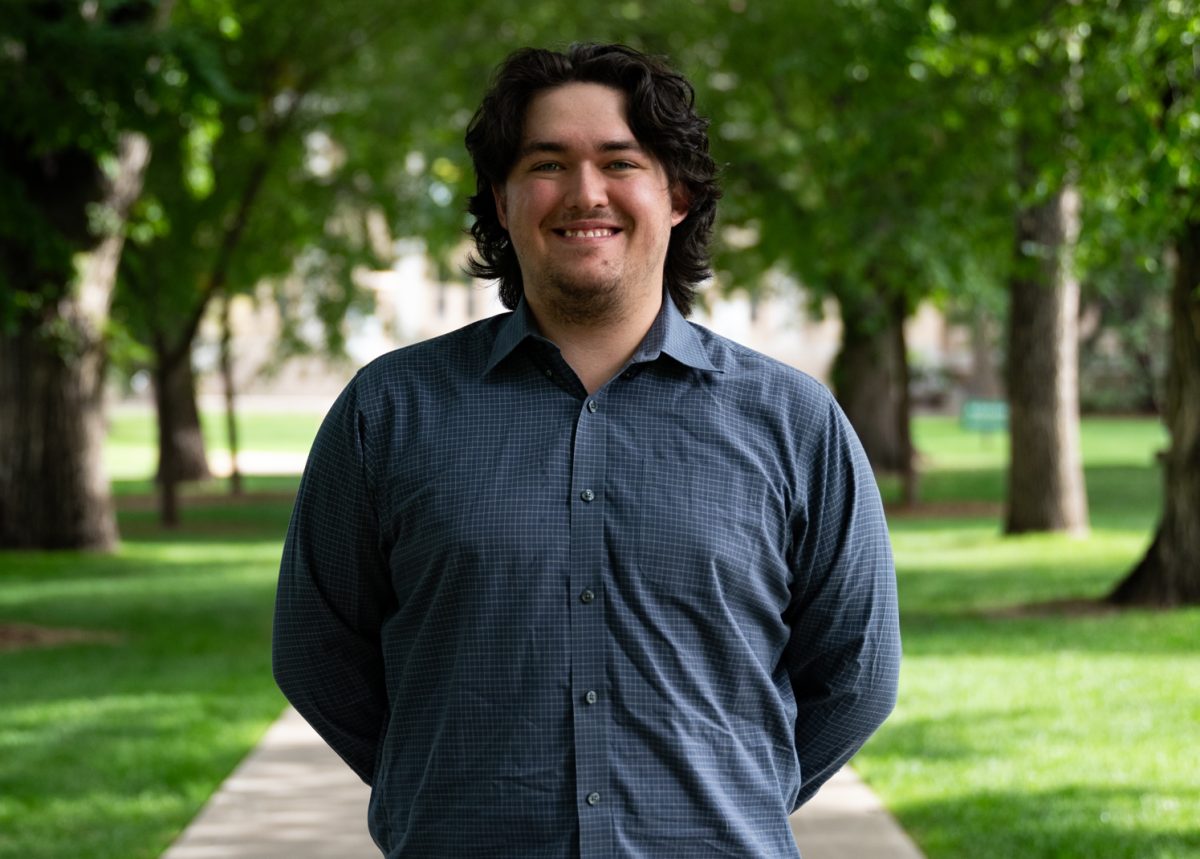
Editor’s Note: All opinion section content reflects the views of the individual author only and does not represent a stance taken by The Collegian or its editorial board.
In the midst of a chaotic election, it’s been easy to miss that COVID-19 cases have been steadily rising across Colorado. According to The New York Times, the state has seen a 118% increase in overall cases and an 82% rise in hospitalizations in the last 14 days.
On a local level, counties across the state are upping precautions. Larimer County recently moved from its “cautious” Level 1 status to Safer at Home Level 2, tightening restrictions in light of rising case counts.
Across the state, county levels currently vary from Level 1, Protect Our Neighbors, the least COVID-19 precautious, to Level 4, Safer at Home, warning of high risk of transmission. This variance represents the COVID-19 positivity rates alongside other factors according to county. As of Nov. 16, no county has progressed to Level 5, Stay at Home, a hopeful sign.
CU Boulder’s decision to completely cancel spring break should be reconsidered, as it lacks awareness of the stress and uncertainty students have experienced this semester.”
In light of rising cases, both Colorado State University and University of Colorado Boulder have announced adjustments to their spring academic schedules. CSU will move its spring break four weeks later and finish out its semester online, while CU Boulder is nixing spring break altogether, choosing to begin the spring semester three days later and will add two days off throughout the semester.
Understandably, universities are trying to adapt to the ever-changing circumstances of the pandemic. However, CU Boulder’s decision to completely cancel spring break should be reconsidered, as it lacks awareness of the stress and uncertainty students have experienced this semester.
This semester has demanded that students adjust to constantly changing COVID-19 guidelines and class schedules in the face of a polarizing political climate. Unlike traditional school years, students have had to navigate patchwork class schedules, balancing hybrid, in-person and remote classes while still paying the full price for a college education.
Neither CSU nor CU has offered tuition reductions for students, meaning that college students must balance the stress of coping with a pandemic while paying for an unsatisfactory college education. CU Boulder currently offers classes in five different formats with COVID-19 guidelines, including in-person, remote, online, hybrid-in person and hybrid remote/online.
While CU Boulder’s changes to its course delivery are made in the best interests of students, they have not negated the impact of the COVID-19 pandemic on the education of students this year.

Just weeks after the semester started, students were forced to completely change their schedules following a rise in cases mid-September. The chancellor of CU Boulder, Philip P. DiStefano, announced a two-week hiatus of in-person classes starting Sept. 23. At the same time, the Boulder County Health Department barred gatherings of any size for 18- to 22-year-olds within city limits.
The concurrent ban of gatherings and in-person classes shut down both students’ social and academic lives in a climate already marred by uncertainty, only adding to the stressors students have experienced this semester. Though intended to bring down case numbers, this sudden change forced students to shift to remote classes in a time of social distancing and quarantine guidelines.
In a survey of 110 students, conducted by the CU Independent in May, most respondents reported levels of elevated stress — 61 respondents being slightly stressed and 40 being very stressed.
For most respondents, the largest stressors were online class and their mental health. These statistics point to the psychological tolls of COVID-19 guidelines on CU Boulder students, signifying that the university needs to realize how this time has impacted students.
CSU’s plan, however imperfect, has led to lower numbers of cases and still gives students a week off during the spring semester.”
Replacing spring break with two mental health days and delaying the spring semester completely negates the instability and uncertainty students have been feeling this year. Spring break is often a time for students to unwind and recharge at the midpoint of the semester, which becomes even more important with the torrent of stressors students are experiencing in the midst of a pandemic.
Though CU Boulder’s spring schedule change is intended to combat the spread of COVID-19, its ignorance reflects a lack of awareness surrounding the increased financial, social and academic burdens students have been carrying this year.
Two mental health days during the entire semester won’t erase a pandemic response eliciting mixed responses from students nor will they inhibit the stress associated with attending college in the midst of political turmoil and a deadly pandemic.
To truly support students during this trying time, CU Boulder needs to reevaluate its decision to cancel spring break and consider how it can best create stability while also adhering to COVID-19 guidelines. CSU’s plan, however imperfect, has led to lower numbers of cases and still gives students a week off during the spring semester.
The pandemic has presented new challenges for college campuses requiring adjustments in the midst of ever-changing information. One challenge that CU Boulder should constantly be responding to, however, is how they can best support students — which should include having adequate time off in the midst of an insanely chaotic time.
Corinne Neustadter can be reached at letters@collegian.com or on Twitter @cneustad.







